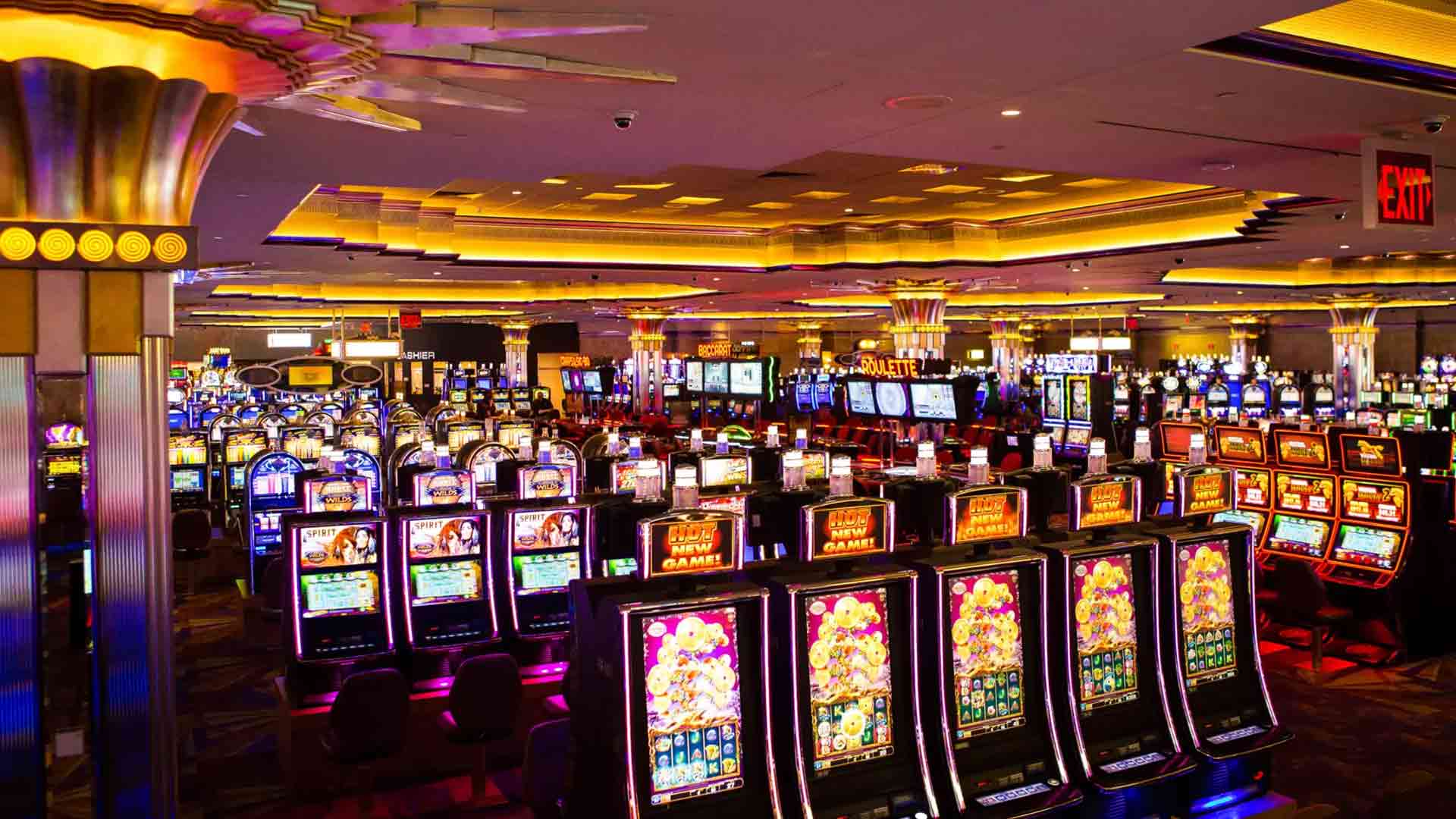The Architecture of Casinos as Temples of Luck
The Architecture of Casinos as Temples of Luck
For centuries, humanity has sought spaces that transcend the mundane, places where fortune might be wooed, and destiny altered. While ancient civilizations built majestic temples to deities of prosperity and fate, the modern era has erected its own monumental shrines: casinos. Far more than mere buildings housing gaming tables and slot machines, the architecture of casinos is a deliberate, meticulously crafted art form designed to immerse visitors in a world of escapism, opulence, and boundless possibility. They are, in essence, contemporary temples of luck.
The evolution of casino architecture reflects a profound understanding of human psychology and desire. From the humble, clandestine gaming houses of yesteryear, these establishments have transformed into colossal entertainment complexes, often serving as the focal point of entire cities like Las Vegas or Macau. This transformation wasn't accidental; it was driven by an architectural philosophy that aims to disorient time, amplify excitement, and subtly encourage continuous engagement. Every curve, every light fixture, every material choice is part of a grand design to create a self-contained universe where the ordinary rules of life seem to fade away.
Upon approach, the exterior of a casino often serves as an immediate statement of grandeur. Grand entrances, often featuring elaborate fountains, towering facades, and dazzling light displays, are designed to inspire awe and curiosity. These dramatic thresholds symbolize a passage from the everyday world into a realm of fantasy and indulgence. Whether it's the Venetian's faithful recreation of Italian canals, the Luxor's iconic pyramid, or the Bellagio's dancing Fountains, these architectural spectacles are not just about aesthetics; they are powerful invitations, promising an experience unlike any other, an escape into a world where dreams might just come true.
Once inside, the architectural strategy shifts from external allure to internal immersion. One of the most striking features is often the deliberate absence of windows and clocks. This design choice is fundamental to the casino's ability to manipulate the perception of time. Without external cues, visitors can lose track of hours, days even, fostering an environment where play can continue uninterrupted. The layout itself is often a carefully constructed maze, designed to guide patrons past as many gaming opportunities as possible, making it easy to get lost in the excitement but difficult to find a quick exit.
Lighting plays a crucial role in shaping the atmosphere within these temples of chance. From the subtle, mood-setting illumination around gaming tables to the vibrant, dynamic displays of slot machine areas, light is used to highlight, attract, and create distinct zones of energy. High ceilings in main gaming areas can evoke a sense of grandeur and freedom, while lower ceilings in more intimate spaces might encourage focus and concentration. The use of mirrors and reflective surfaces further amplifies the light, creating an illusion of infinite space and endless opportunities, reinforcing the dream-like quality of the environment.
The materials and decor chosen for casino interiors speak volumes about their dedication to luxury and aspiration. Polished marble, gleaming brass, plush carpets, rich velvets, and ornate chandeliers are standard elements, chosen not only for their beauty but also for their psychological impact. These opulent touches communicate prestige, exclusivity, and success, subtly suggesting that wealth and good fortune are inherent to the space. Grand artworks, intricate sculptures, and carefully curated themes further enhance the immersive experience, transporting visitors to different eras or exotic locales, reinforcing the idea of a complete break from reality.
The entire architectural philosophy of a casino is geared towards psychological engagement. Every aspect, from the flow of foot traffic to the strategically placed amenities like bars and restaurants, is optimized to keep patrons comfortable, entertained, and continuously participating. It's an environment where the thrill of the game is paramount, and every design element reinforces the narrative of luck waiting just around the corner. The very air is charged with anticipation, a collective hope that permeates the magnificent structures, turning them into crucibles where fortunes are made and lost, but dreams perpetually live on.
While the physical temples of luck stand as magnificent monuments to human aspiration and the pursuit of fortune, the essence of the casino experience has also gracefully transitioned into the digital realm. Online platforms strive to replicate the thrill, the convenience, and the potential for fortune, allowing enthusiasts worldwide to engage from the comfort of their homes. For those looking to explore this digital frontier and the exciting opportunities it presents, consider to m88 casino login register online, where the virtual gates to endless possibilities are always open, embodying the same spirit of excitement and chance.
In conclusion, the architecture of casinos goes far beyond mere structural engineering; it is an intricate, theatrical design. These structures are not just buildings; they are carefully orchestrated environments that blend lavish aesthetics with shrewd psychological manipulation to create the ultimate entertainment destination. They are modern-day temples where rituals of risk and reward are enacted daily, where light, space, and sound conspire to create a timeless illusion. As true temples of luck, they stand as monuments to humanity's enduring fascination with chance, aspiration, and the tantalizing possibility of a life transformed by a single, fortunate turn.
tag: M88,



